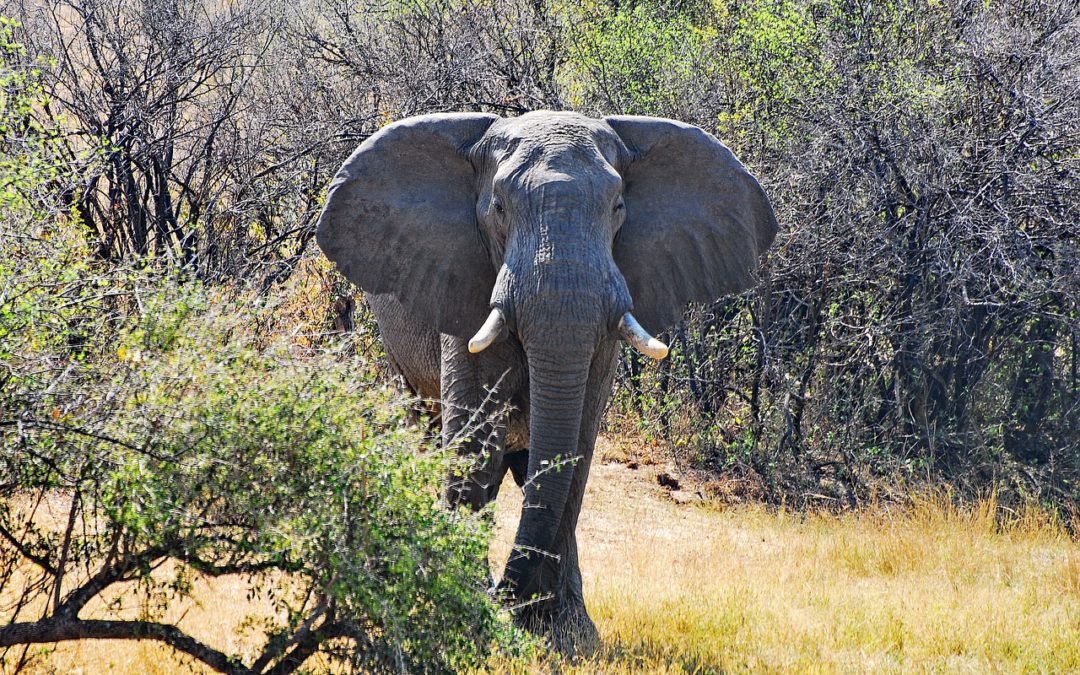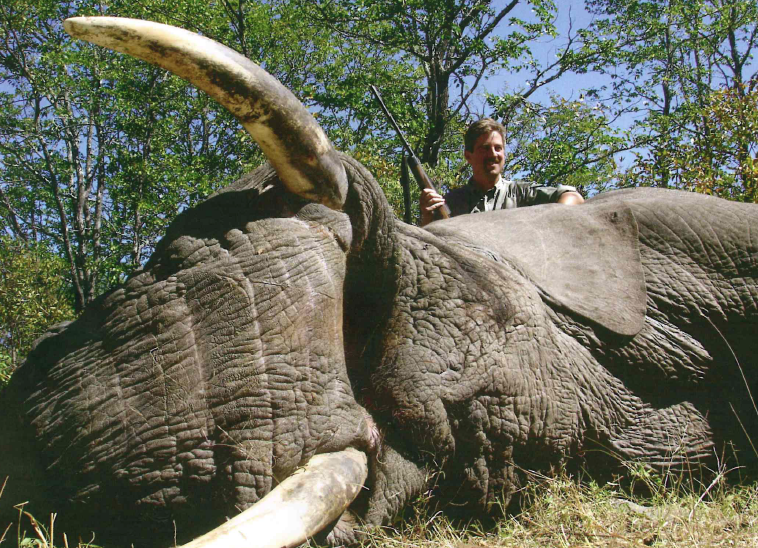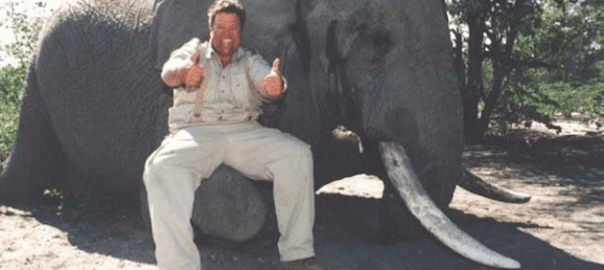Poaching of Africa’s elephants continues at alarming levels, spurred by poverty, corrupt government officials, and the demand for illegal ivory in Asian countries.
My earliest and fondest memories of the Kenya bush are the times I spent in Tsavo National Park and its surrounding environs during the 1960s and ’70s. My adventures from those halcyon days were the stuff of dreams, but there is no pleasure in the news emanating from that region. A massive resurgence in elephant poaching has ramped up and poses a serious threat to Tsavo’s largest game.
This was underlined in June 2013 by the sad news that poachers had finally succeeded in killing Satao, one of Kenya’s greatest and best-known tuskers. This exceptional bull elephant favored the hinterland of Tsavo East National Park, and it’s possible that as youngsters, he and I both roamed the very same piece of country that was Satao’s home for 50 years. Over time his survival instincts led him to remain in thick bush by day, as if aware of the attention his seven-foot tusks attracted.
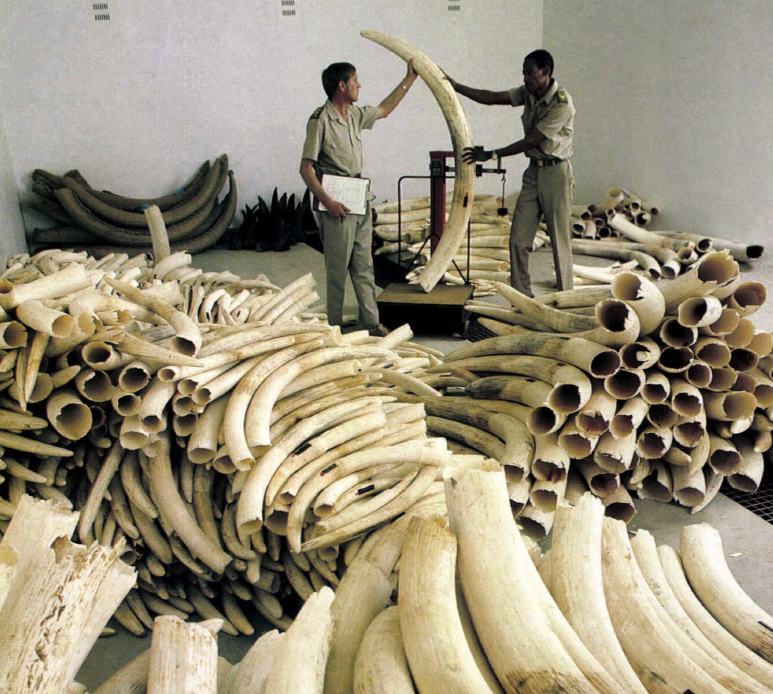
Kenya officials weigh and sort hundreds of tusks confiscated by poachers. Most poachers use poisoned arrows to kill elephants, then quickly remove the tusks and leave everything else.
Satao was not just a Kenyan icon; he was a global treasure whose extraordinary 100-pound tusks became a prime target of poachers.
“For eighteen months the Kenyan Wildlife Service (KWS) joined forces with the Tsavo Trust to monitor Satao’s movements using aerial reconnaissance and ground personnel within his known home range,” according to Kenya news reports. “Despite this, poachers found him in March of 2014, when the 50-year-old elephant was felled by poisoned arrows. Vets rushed to the scene to treat him and he went on to make a surprise recovery.”
But the persistent poachers, aided by modern technology such as CPS and cell phones, tracked him down again – this time for the last time. Richard Moller, executive director of the Tsavo Trust, later discovered an elephant carcass during an aerial survey and thought it might be Satao, although the tusks had already been removed. After inspecting the carcass, he confirmed that it was indeed Satao – killed by a poisoned arrow. This news followed hard on the heels of the slaughter of another legendary Kenya tusker called Mountain Bull, deep inside the forests of Mt. Kenya.
In a statement, the trust paid tribute to “the most iconic and well-loved of the tuskers” and mourned “a great life lost so that someone far away might have a trinket on their mantelpiece.”
The street value of elephant ivory today is greater than gold, running to tens of thousands of dollars per tusk. Organized criminals are increasingly running poaching gangs and networks that slaughtered more than 20,000 African elephants in 2013, according to the Convention on International Trade in Endangered Species (CITES) of Wild Fauna and Flora.
Still, Kenyan authorities are hesitant to admit the scale of the current crisis. According to figures published by KWS, only 97 elephants had been poached in Kenya in 2014. Nobody in Kenya realistically believed this figure, which suggests that less than one percent of the nation’s elephant population had fallen to poachers’ guns.
These official figures do not align with the many reports of elephant killings in and around Masai Mara, Samburu, Loita Hills, Marsabit, Tsavo, Mount Kenya, Aberdares, Shimba Hills, and the northeastern coastal forests. It’s estimated from these reports that elephant poaching in Kenya could be ten times the official figures, but it’s impossible to verify this as the KWS jealously guards the elephant mortality database.
Dr. Paula Kahumbu, executive director of the Nairobi-based Wildlife Direct, states that based on the reports she’s seen, “Elephant poaching in Kenya is at least ten times the official figures.” And that might be a conservative estimate.
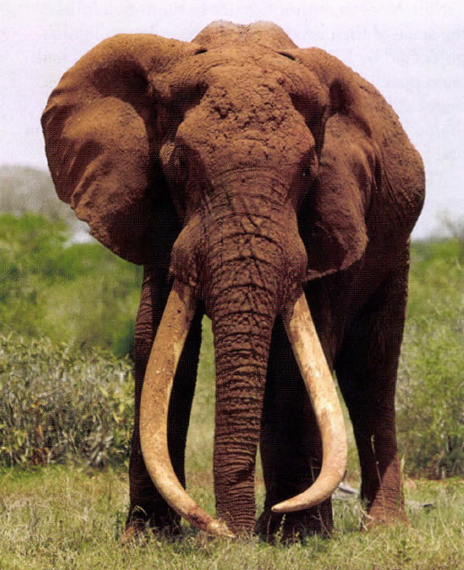
Satao’s 100-pound tusks were an appealing target to poachers in Kenya. The 50-year-old bull was felled by poisoned arrows.
In an article in Nairobi’s The Telegraph newspaper, renowned conservationist Richard Leakey described poaching in Kenya as a “national disaster” and that poachers were operating with “outrageous impunity.”
“They could not operate with the impunity we are seeing if you did not have some form of protection from law enforcement agencies,” he said, comparing the current crisis to the mass poaching of the late 1980s.
In The Telegraph report, Leakey also disputed official statistics claiming that the number of elephants killed by poachers has declined. KWS recorded that 302 elephants were poached in 2013, down from 384 the previous year, from an estimated 38,000 elephants in Kenya.
Police seized more than 200 tusks-weighing nearly 2½ tons- in a warehouse in the port city of Mombasa. Two men were charged in connection with the haul. A Mombasa County commissioner reportedly stated that the ivory find was linked to terrorism and drug barons in the city.
Leakey described the Indian Ocean port as a “staging post” for ivory smuggled from countries across the region. Further intrigue focused on Mombasa when a high-ranking member of the Kenya government was accused of controlling all the illegal ivory that passes through the port city. According to multiple sources who are privy to the ongoing illegal trade, more than 100,000 elephants have been killed in the last two decades, with this particular official controlling all the ivory funneled through Mombasa.
In one skirmish with poachers, park guards had to by to protect themselves against hand grenades thrown by Southern Sudanese poachers, some wearing military uniforms.
I’m sorry that time must be spent and space devoted to such depressing information, but before change can take place, there must be awareness. If this horrendous trend continues, Africa’s elephants and rhinos are literally facing a fight for survival, which they cannot win alone. Anything that can be done to stop this downward spiral must be done before it is too late.
Legal, well-regulated sport-hunting, as part of a sound management program, could benefit the conservation of elephants by providing a significant deterrent to poaching and offer substantial incentives for local communities to conserve the species by putting much-needed revenue back into conservation. Africa’s resilience to abuse and its ability to heal itself has proven itself many times in the past, but the abuse must be stopped in order for the healing to begin.
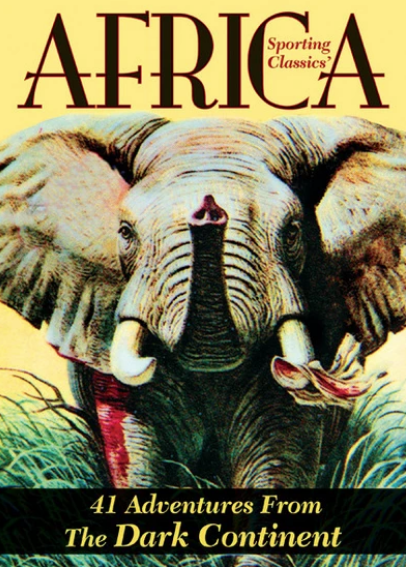 Sporting Classics has compiled this remarkable anthology showcasing the best African adventures published in our award-winning magazine.
Sporting Classics has compiled this remarkable anthology showcasing the best African adventures published in our award-winning magazine.
Ruark, Capstick, Roosevelt, Markham – the legends in outdoor literature are all here, sharing their stories of deadly encounters with dangerous game, of bizarre run-ins with witch doctors, gorillas and man-eaters, of safaris into the uncharted wilds of deepest Africa.
Illustrated by world-renowned artist Bob Kuhn, AFRICA features more than 400 pages of unforgettable stories by some of the finest professional hunters and writers of sporting adventure. Buy Now

